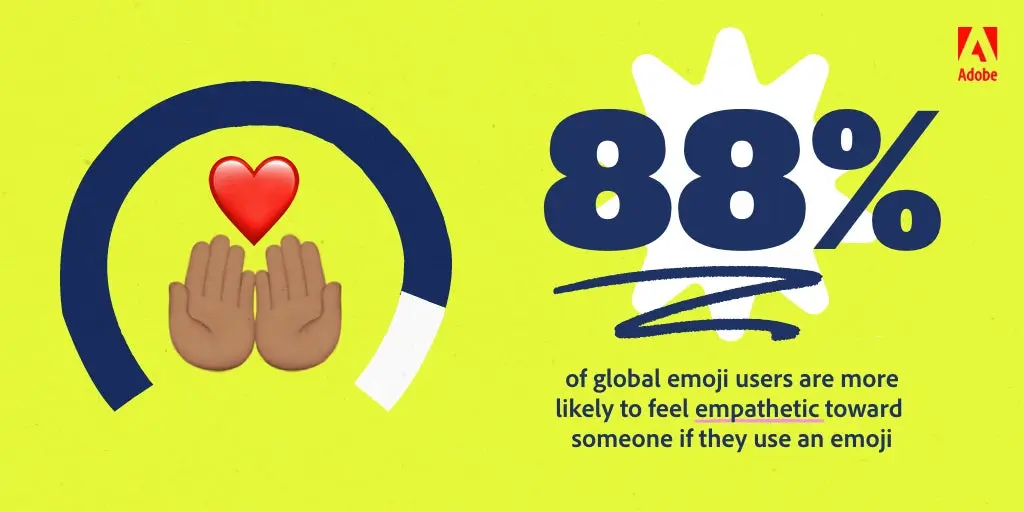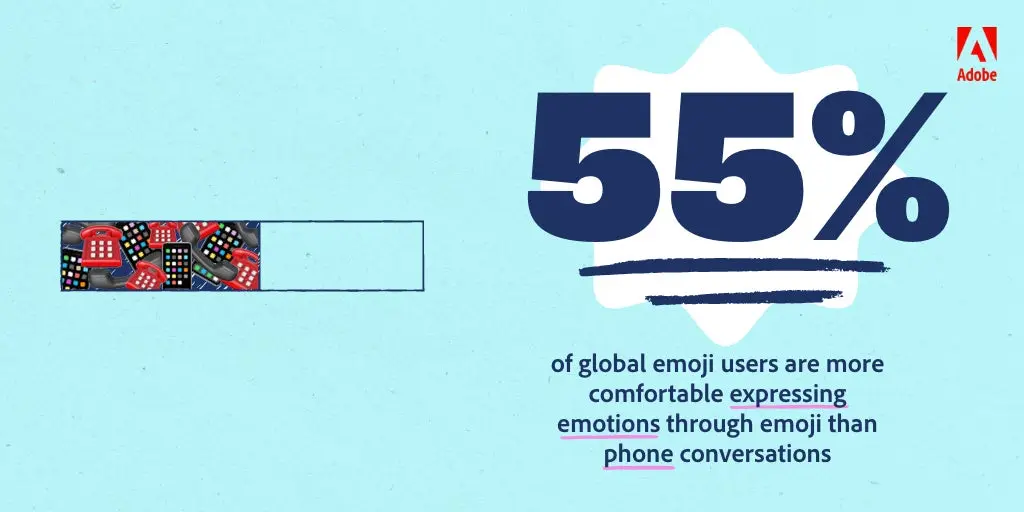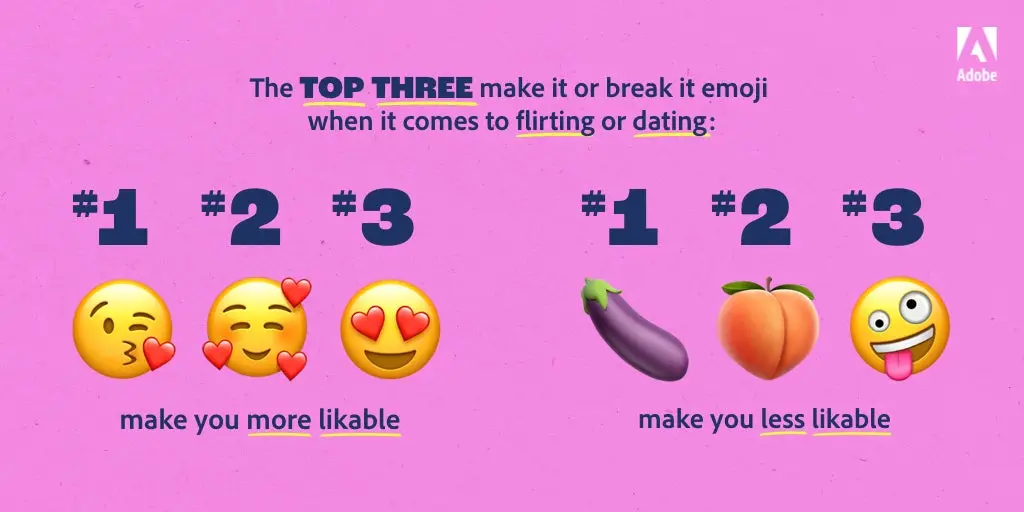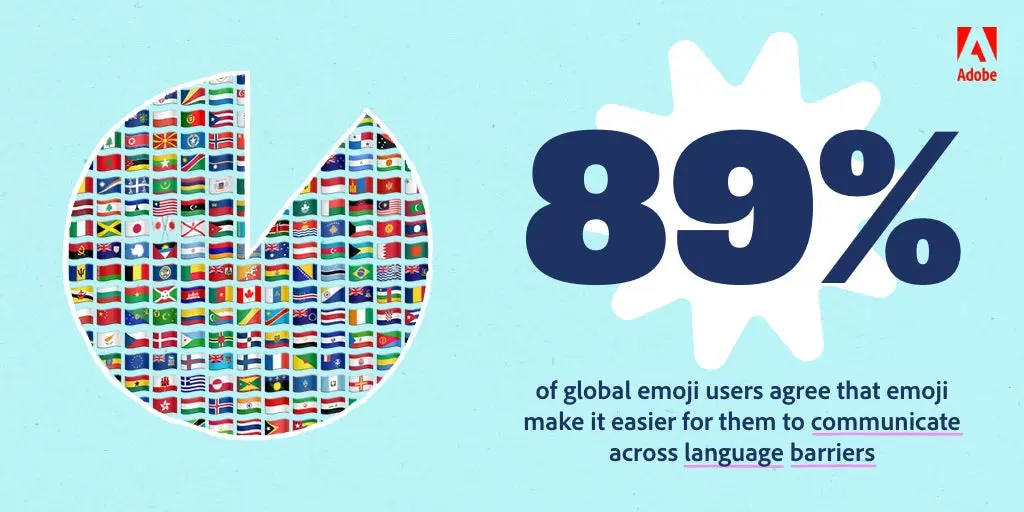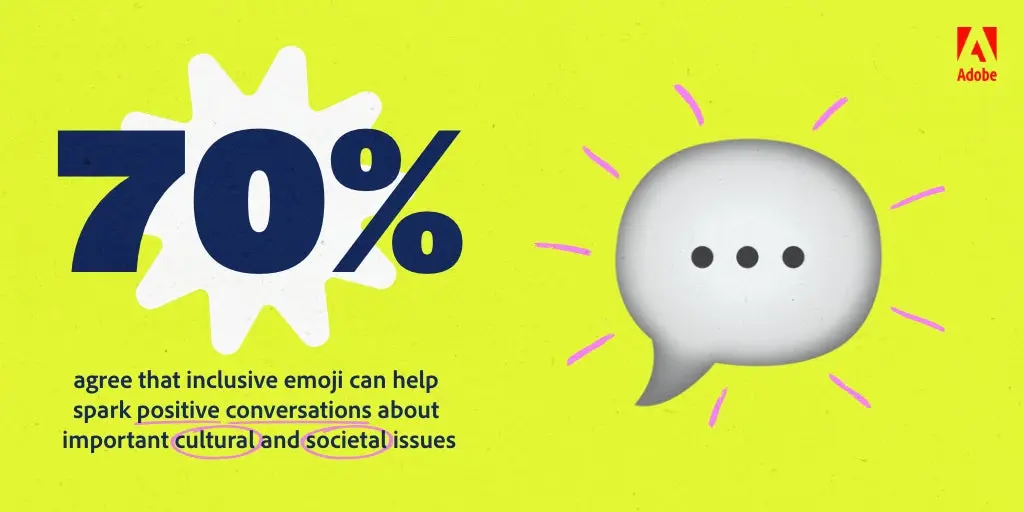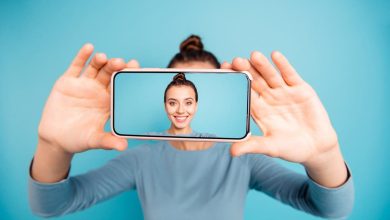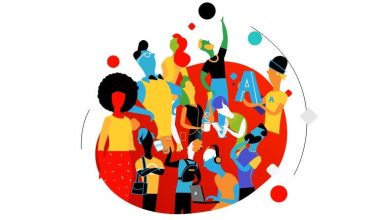How emoji can help create a more empathetic world, for all of us 💞
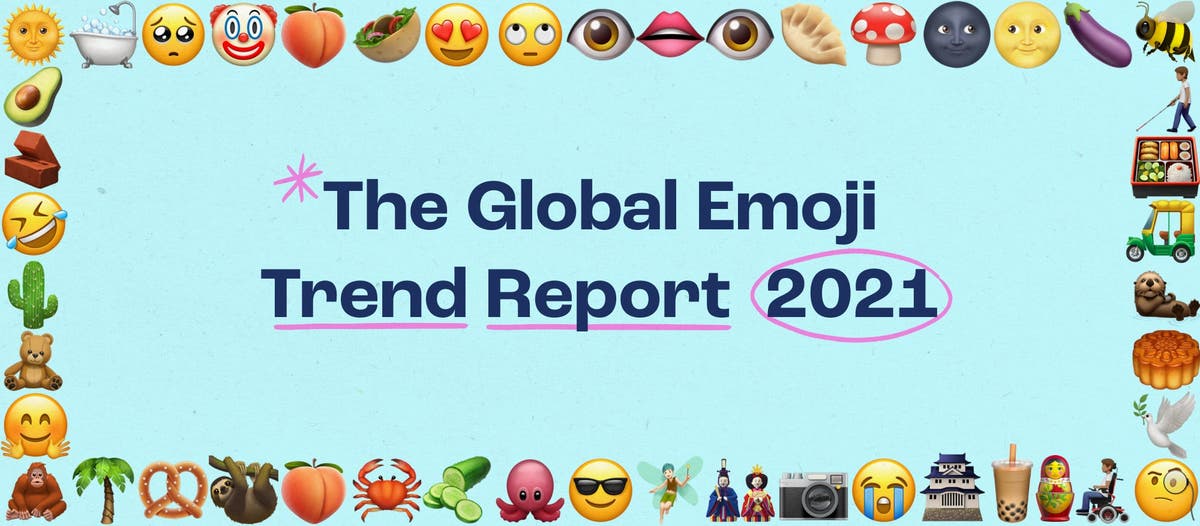
In celebration of World Emoji Day, I am excited to share the results of Adobe’s 2021 Global Emoji Trend Report, which surveyed 7,000 people in the U.S., UK, Germany, France, Japan, Australia, and South Korea. I was surprised and delighted by the discoveries made in the survey, most notably how enthusiastic respondents were for emoji as a means to express themselves. It also answered a key question regarding the major role emoji now plays in digital communication with the strong majority stating that emoji compels them to feel more empathy towards others, an encouraging data point.
I have long suspected as much— as much of my work is as a type designer and advocate for more inclusive emoji: that these cute, colorful pictograms are also full of potential relationship building power.
It is my personal belief that empathy is the most important aspect of communication. We may speak the same language as someone else, but if we are not actively trying to empathize with one another, it becomes difficult to fully understand each other’s meaning.
Language can be very abstract, and this is especially the case when much of our communication is done in the digital realm — without seeing someone’s facial expressions or gestures or hearing their tone of voice. I believe we respond more emotionally to imagery, and so, emoji can help approximate tone of voice, gestures and emotional reactions better with imagery than with words alone. This is the potential strength of emoji: to help us connect more deeply to the feeling behind our messages sent by digital text.
A little levity and cuteness go a long way
Emoji sometimes get criticized for being overly saccharine, but this sweetness is key when it comes to diffusing some of the heaviness of online communication. All of us have stories to tell where we accidentally came across as insincere, or even rude, in digital communications. The antidote to being perceived as a jerk, when that is likely not our intention, is to add a bit of levity and heart by integrating imagery into our messaging, to recenter the conversational tone to a place where we can show and receive more empathy. Many of the emoji are focused on positive emotions, so it’s easy to insert them into our conversations and lighten the mood.
It’s not surprising that over half of those surveyed feel more comfortable using emoji than talking on the phone or in-person. Emoji gives us the chance to choose an appropriate image to convey how we’re feeling and be relatable to others in the conversation. Emojis can stir up empathy even if the subject matter takes a heavy turn.
This applies to less intense situations too. Dating, for example, can be tricky — especially when it’s online or via digital apps, as it often is now. It is far too easy for even the most charming amongst us to come across as weird or awkward when we’re conversing digitally. When having conversations with people in “real life,” we don’t always have to respond to everything verbally. Sometimes we simply give someone a look or make a funny face, and that’s enough to make our point.
But over text, it can be much harder to know how to respond when somebody asks a direct question and you can’t find the words to say, or if you want to come across as coy, clever or cheeky. Simply responding with emoji imagery can make it much easier to express ourselves, and impart personality into the conversation.
Communicating across cultures and languages 💁🏾
Adobe’s global emoji study found, overwhelmingly, that emoji even helps people overcome language barriers and form connections that would otherwise be difficult to do.
As a queer person, I, and many people I know, have initiated many of our meaningful relationships online, and in the social media sphere. I have made acquaintances with folks whose languages I can barely read, speak or write. I’ve chatted with people in Mandarin and Spanish, for example, and in addition to my rudimentary conversational skills, thoughtful use of emoji has often helped keep these connections intact.
There’s an English idiom: “a picture is worth a thousand words.” The jury’s still out on whether an emoji is worth a full 1,000 but it certainly can help in fostering global relationships.
An age of empathy, right on time 🥰
Recent social, racial and equality issues brought to the forefront of our daily lives have made us more aware of and empathetic to people from all walks of life, and have us trying harder than ever to understand and support one another. Anything that sparks empathy and understanding offers us a crucial benefit. We find ourselves having conversations around race, gender and equality in order to educate ourselves and our families, and to make a difference moving forward. These can be heavy topics, but even within these conversations there is room to use emoji thoughtfully. I’ve tried to do this throughout my career. For example, I successfully advocated for gender-inclusive emoji, which sparked a conversation about gender in the process.
My own personal philosophy about emoji is that it is a reminder that we live in a world of real things and real people — even if we are only approximating them using cartoon pictures of objects that we love, and that we use to serve as the words we can’t quite vocalize or write. Utilizing imagery often helps us connect with concepts and ideas more deeply than we would by words alone.
Whether they are villainized as the despoilers of language or beloved as a fun, new way to express ourselves, emoji are most importantly another tool available to help us share our personal narratives. One of the greatest things about stories is that everyone has one. As for myself, I’m of the opinion that the best stories are illustrated with pictures 🖼, and that emotionally engaging narratives have the ability to profoundly shape the world around us for the better.
Fonts used in the graphics above: Adobe Clean and Roc Grotesk. Check out Adobe Fonts to discover thousands of fonts included in your Creative Cloud subscription.
Source : Adobe

